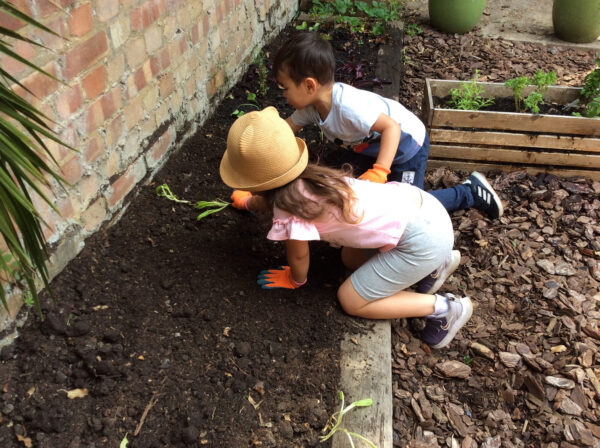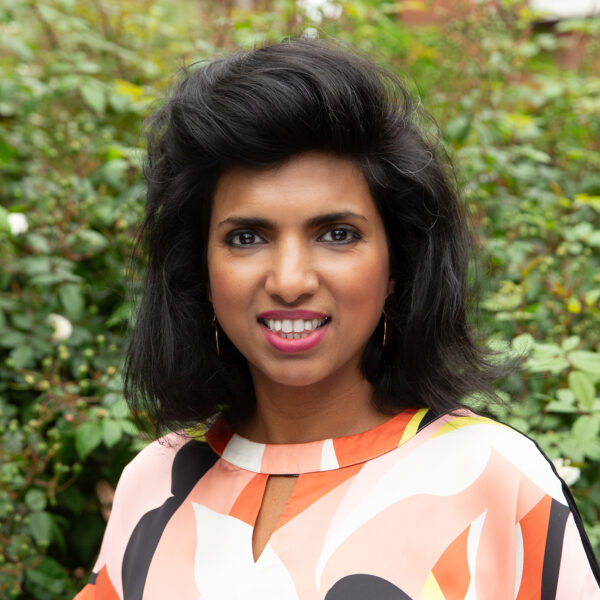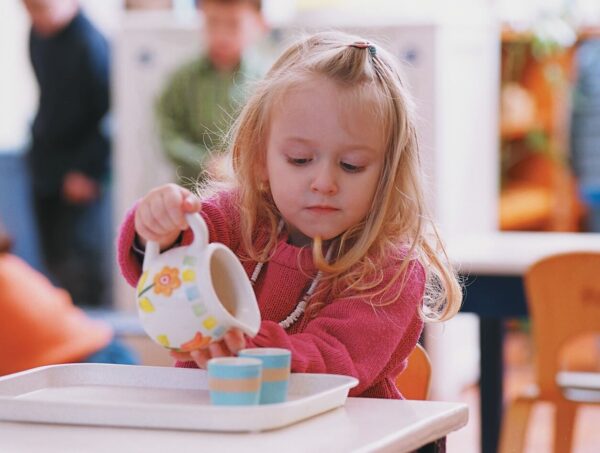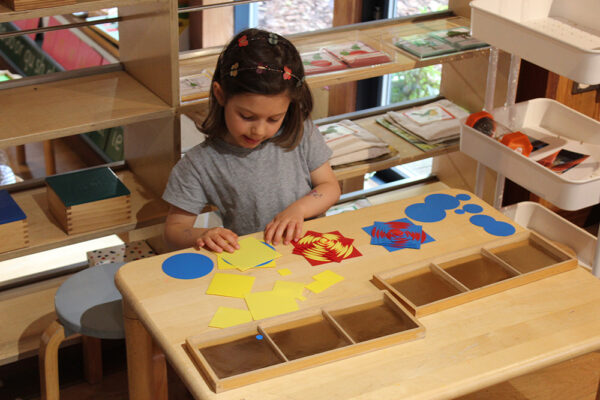All our children are so happy to be back at our school this term and it is a delight to observe them as they immerse themselves in activity, sometimes sitting, sometimes standing, but always moving. As we watch the children busy at work, we can see how integral movements are – both large and small – to their process of learning, exploration, and discovery.
One of the cornerstones of our Montessori approach is respecting the children’s need to move and giving them the freedom to do so. Developing control of movements, balance and whole-body and hand-eye coordination are all essential in supporting healthy growth and development. Children learn to direct their actions in increasingly refined and delicate movements, the more control they gain the more they are able to bring purpose and intentionality to experiences as they explore their physical and abstract worlds.
A virtuous circle begins where the mind and the body develop together: the more I can explore with my body the more I know and the more I know, the more I can explore. This applies just as much to real-world experience as it does to the development of abstract thoughts, for all of thought finds its origins in the experiences each one of us has gained in the real world which can then be amplified by our imagination over time.
Today many scientists refer to this phenomenon as embodied cognition: the idea that the mind is not only connected to the body but that the body influences the mind. It is astounding that Maria Montessori spoke about the need for movement and embraced this philosophy 150 years ago.








